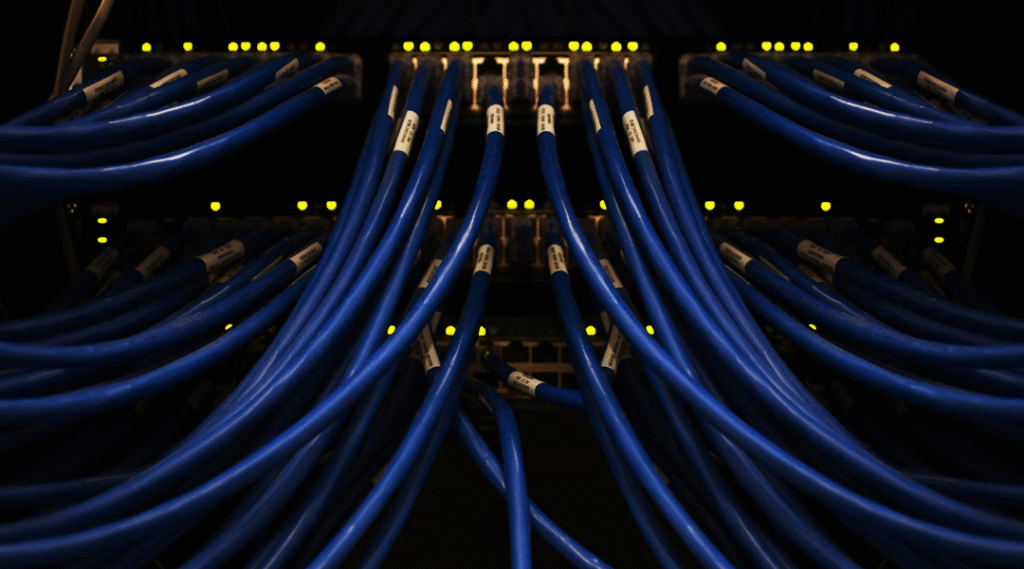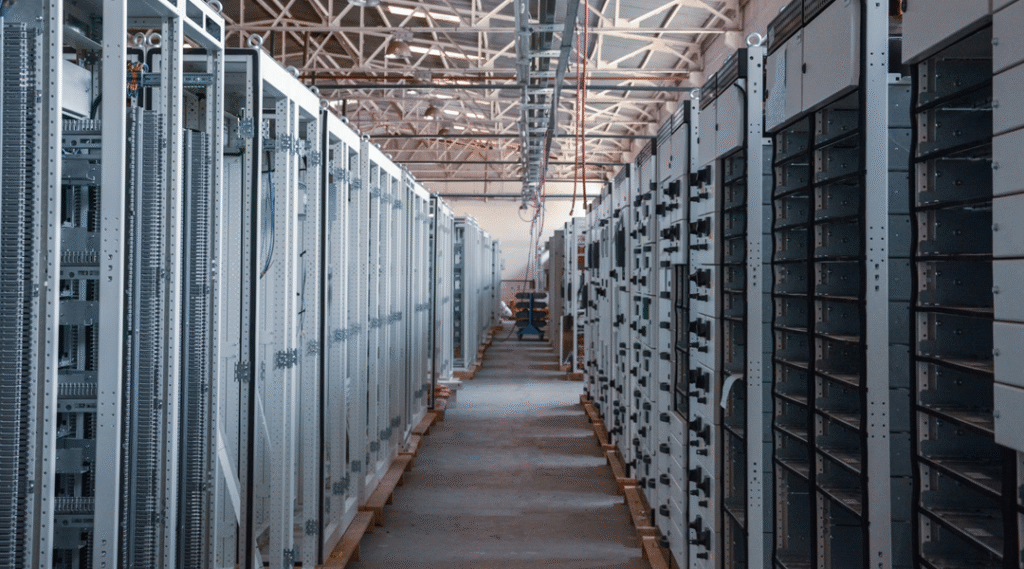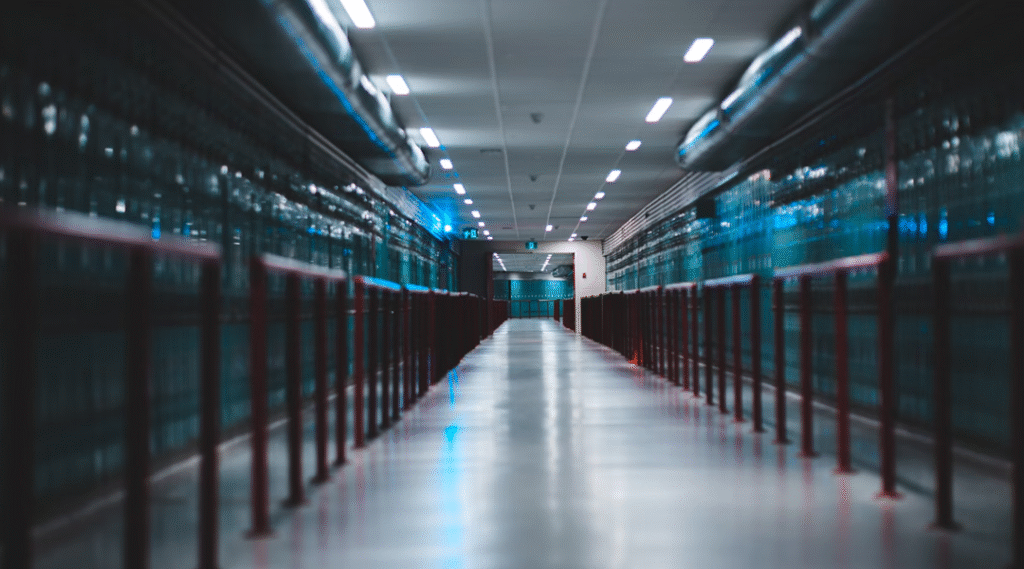Modern data centers are at the heart of our digital lives, powering everything from streaming video to artificial intelligence. Yet as demand for computing resources soars, these facilities face mounting challenges around energy consumption and environmental impact. In this article, we explore the rising power needs of data centers, examine how efficiency is measured, delve into key sustainability issues, and highlight strategies that industry leaders are deploying to build a greener digital infrastructure.
Rising Power Demands in a Data‑Driven World
Data centers worldwide consumed an estimated 415 terawatt‑hours (TWh) of electricity in 2024—approximately 1.5% of global power production—and projections suggest this could more than double by 2030. Factors driving this growth include the explosion of cloud services, the proliferation of Internet‑of‑Things devices, and the ever‑expanding appetite for AI training and inference. In the United States alone, data centers accounted for around 176 TWh in 2023, representing over 4% of national electricity use—a dramatic rise from a decade ago. As organizations race to add capacity, the strain on power grids and the planet’s carbon budget intensifies.
Measuring Efficiency: Beyond the Server Rack
To gauge how effectively a data center uses its energy, operators rely on Power Usage Effectiveness (PUE), the ratio of total facility energy to the energy devoted strictly to computing equipment. An ideal PUE of 1.0 indicates zero overhead for cooling, lighting, or power conversion—an aspirational goal rather than everyday reality. While hyperscale facilities now routinely achieve PUEs below 1.1 through cutting‑edge designs, the global average remains closer to 1.6, hampered by older buildings and uneven adoption of efficiency upgrades. Lowering PUE even marginally can save millions of dollars in operating costs and significantly reduce greenhouse gas emissions.
Core Sustainability Challenges
- Carbon Footprint
As electricity consumption climbs, so do data centers’ carbon emissions—especially in regions reliant on fossil‑fuel generation. Without a concerted shift to renewables, the sector risks locking in hundreds of millions of tonnes of CO₂ each year. - Water Consumption
Many cooling systems draw heavily on water resources. Metrics like Water Usage Effectiveness (WUE) highlight that some large‑scale facilities already consume nearly 0.4 liters of water for every kilowatt‑hour of IT load. As air-cooled designs give way to more efficient—but water‑intensive—liquid and immersion cooling, managing water scarcity becomes critical. - Climate Vulnerabilities
Extreme temperatures, droughts, and severe storms pose operational risks. Over half of major data‑center hubs globally now face elevated climate threats, from heatwaves that hamper cooling to floods that endanger critical equipment.
Pathways to a Greener Future
- Renewable Energy Integration
Long‑term power purchase agreements for wind and solar, alongside on‑site generation such as rooftop photovoltaic arrays and fuel cells, can decouple growth from carbon emissions. - Next‑Generation Cooling
Immersion and direct‑liquid cooling technologies drastically cut the need for air conditioning and chillers, while AI‑driven control systems dynamically adjust cooling only where and when it’s needed. - Modular and Edge Designs
Prefabricated, containerized data‑center modules offer tighter thermal control and faster rollout. Meanwhile, edge facilities close to end users reduce network strain and shift some load away from centralized sites. - Circular Economy Initiatives
Refurbishing and repurposing servers, along with comprehensive recycling programs, keep electronic waste out of landfills and lower the embodied carbon of new equipment. - Advanced Monitoring and Automation
Real‑time dashboards tracking PUE, WUE, and carbon intensity enable rapid pinpointing of inefficiencies. Predictive analytics can schedule non‑urgent workloads to align with peak renewable generation, further shrinking the carbon footprint.
Final Thoughts
Data centers must evolve swiftly to sustain the digital revolution without imperiling the planet. By embracing renewable power, pioneering innovative cooling, adopting modular architectures, and optimizing through AI and automation, operators can slash energy use and environmental impact. As demand continues its steep climb, these strategies will prove essential for delivering the computing backbone of tomorrow’s connected world—efficiently, reliably, and sustainably.
All articles on this special edition-DATA CENTER:
(#1) Inside the Digital Backbone: Understanding Modern Data Centers
(#2) From Vacuum Tubes to Cloud Campuses: The Evolution of Data Center Architecture
(#3) From Servers to Coolant: A Deep Dive into Data Center Core Components
(#4) Harnessing Efficiency: Overcoming Energy and Sustainability Hurdles in Data Centers
(#5) Cooling Innovations Powering the Next Generation of Data Centers
(#6) Safeguarding the Core—Data Center Security in the Physical and Cyber Domains
(#7) Decentralizing the Cloud: The Rise of Edge Computing and Micro Data Centers
(#8) Data Center: Cloud, On-Premises, and Hybrid Infrastructure
(#9) Intelligent Data Center Management and Automation
(#10) Market Landscape and Key Players in the Data Center Industry
(#11) Navigating Regulatory, Compliance, and Data Sovereignty in Modern Data Centers
As for in-depth insight articles about AI tech, please visit our AI Tech Category here.
As for in-depth insight articles about Auto Tech, please visit our Auto Tech Category here.
As for in-depth insight articles about Smart IoT, please visit our Smart IoT Category here.
As for in-depth insight articles about Energy, please visit our Energy Category here.
If you want to save time for high-quality reading, please visit our Editors’ Pick here.



